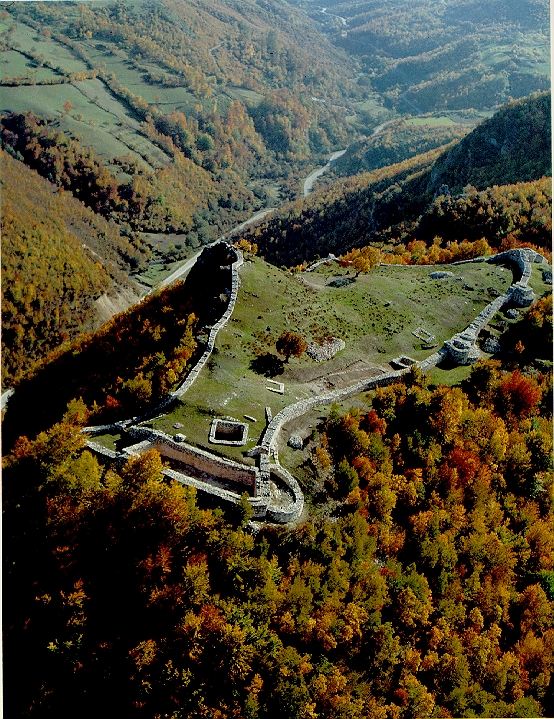|
Nobility Of The Serbian Empire
In the medieval Serbian states, the privileged class consisted of nobility and clergy, distinguished from commoners, part of the feudal society. The Serbian nobility (''srpska vlastela'', ''srpsko vlastelinstvo'' or ''srpsko plemstvo'') were roughly grouped into magnates ('' velikaši'' or ''velmože''), the upper stratum, and the lesser nobility (''vlasteličići''). Serbia followed the government model established by the Byzantine Empire. The nobility possessed hereditary allodial estates, which were worked by dependent ''sebri'', the equivalent of Byzantine ''paroikoi''; peasants owing labour services, formally bound by decree. The nobility was obliged to serve the monarch in war. Hierarchy The nobility (''vlastela, vlastelinstvo'' or ''plemstvo'') of Serbia in the Middle Ages is roughly divided into magnates ('' velikaši'' or ''velmože''), nobility and petty noblemen (''vlasteličići''). Sometimes, the division is made between ''vlastela'' (including "great" and "small" o ... [...More Info...] [...Related Items...] OR: [Wikipedia] [Google] [Baidu] |
Medieval Serbia
Serbia in the Middle Ages refers to the medieval period in the history of Serbia. The period begins in the 6th century with the Slavic migrations to Southeastern Europe, and lasts until the Ottoman conquest of Serbian lands in the second half of the 15th century. The period is also extended to 1537, when Pavle Bakić, the last titular Despot of Serbia in Hungarian exile, fell in the Battle of Gorjani. Introduction Background During the 6th century, at the beginning of the early medieval period, territory of later Serbia was controlled mainly by the Byzantine Empire (southern and central regions), and also by Byzantine neighboring rivals, the Gepid Kingdom and the Ostrogothic Kingdom (northern regions). During the reign of Byzantine emperor Justinian I (527–565), defensive structures in the region were reinforced. In 535, the newly founded city of Justiniana Prima became center of the Archbishopric of Justiniana Prima, with metropolitan jurisdiction over all province ... [...More Info...] [...Related Items...] OR: [Wikipedia] [Google] [Baidu] |
Duklja
Duklja ( sh-Cyrl, Дукља; el, Διόκλεια, Diokleia; la, Dioclea) was a medieval South Slavic state which roughly encompassed the territories of modern-day southeastern Montenegro, from the Bay of Kotor in the west to the Bojana River in the east, and to the sources of the Zeta and Morača rivers in the north. First mentioned in 10th– and 11th century Byzantine chronicles, it was a vassal of the Bulgarian Empire between 997 and 1018, and then of the Byzantine Empire until it became independent in 1040 under Stefan Vojislav ( 1034–43) who rose up and managed to take over territories of the earlier Serbian Principality, founding the Vojislavljević dynasty. Between 1043 and 1080, under Mihailo Vojislavljević ( 1050–81), and his son, Constantine Bodin ( 1081–1101), Duklja saw its apogee. Mihailo was given the nominal title ''King of Slavs'' by the Pope after having left the Byzantine camp and supported an uprising in the Balkans, in which his son Bodin playe ... [...More Info...] [...Related Items...] OR: [Wikipedia] [Google] [Baidu] |

